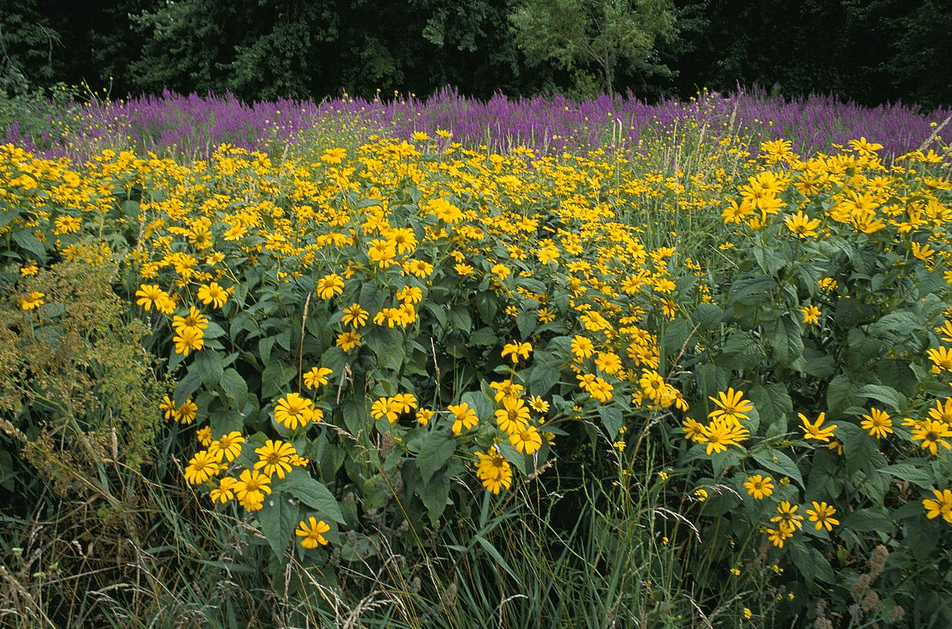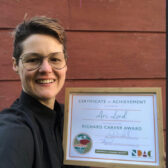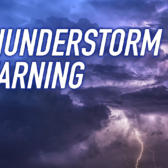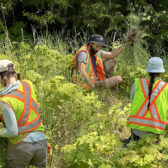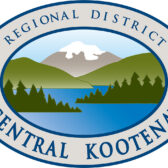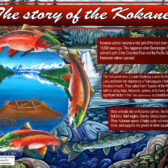Pushing back: new invasive species working group set up to address growing problem
Invasive plant species are going to be met head on this summer as the regional district has handed the reins of a strategy to eradicate them to a local environmental group.
The Regional District of Central Kootenay has entered into a contribution agreement with the Central Kootenay Invasive Species Society (CKISS) for the development and coordination of the regional government invasive species working group.
The Regional Invasive Species Strategy was formulated late last year to deal with invasive plants on RDCK-owned or leased properties.
This year the RDCK board of directors directed regional district staff to enter into a sole-source agreement with the CKISS for invasive plant management, for a cost of $15,000. The program provides annual training and resources for operational staff (CKISS), develop region-wide educational materials and provide expertise and consultation.
“Invasive species are non-native plants and animals that become well established because they do not have any natural predators or controls,” noted a release from the RDCK. “By taking action now, the goal of the program is to help mitigate economic, ecosystem and operational costs in the future.”
The strategy will involve control of invasive species — such as zebra and quagga mussels, knotweed and knapweed — through education management and outreach, ensure the program is efficient throughout the region over the long term.
In June 2021, a proposal was created for an implementation plan of the draft strategy.
“Following the recommendation of the strategy, there was agreement that RDCK invasive species management should first focus on regional district owned and leased lands and facilities,” said RDCK sustainability planner Paris Marshall Smith in her report to the board last year.
In January 2022, the regional district began to work with CKISS to detail an invasive plant inventory on RDCK-owned or leased properties and develop a plan.
Strategy framework
The strategy was written outlining four goals for both RDCK and the region at large:
• Improve regional organizational capacity;
• Implement prevention and management;
• Develop a legal and policy framework; and
• Improve awareness and community engagement
Source: RDCK December agenda
Need for weed(ing)
The root cause for the development of the strategy isn’t purely aesthetics.
The Weed Control Act requires the regional district as landholder to “… control noxious weeds growing or located on land and premises, and on any other property located on land and premises, occupied by that person.”
Marshall Smith said across regional district departments invasive species management is inconsistent year-to-year.
“Departmental staff have requested clear organizational policy and guidelines that would enable consistent funding and activity,” she wrote in her report.
Invasive species have a significant impact on ecosystem health, and the International Union for the Conservation of Nature (IUCN) considers them one of the greatest threats to biodiversity across the globe.
“Invasive species can erode natural habitats and out compete native species,” said Marshall Smith. “This is exacerbated by the effects of the changing climate as invasive species tend to be more effective at adapting than native species.”


